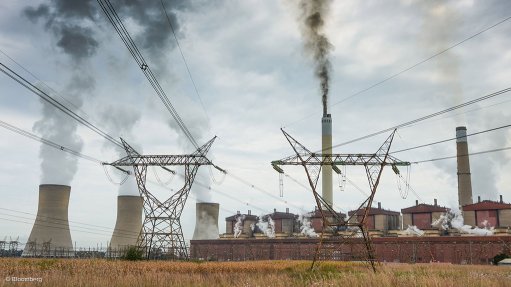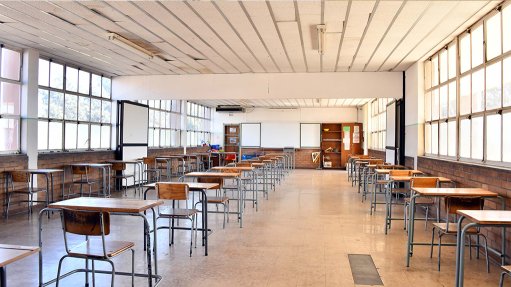Pushing back the night
Some of you will know that, for a very long time, the richest person in the world, ever, was John Rockefeller. Not all will know why. The reason is that he was in the oil business. Rockefeller founded the Standard Oil Company in 1870.
Rockefeller’s wealth grew as kerosene and petrol grew in importance, and he became the richest person in the US, controlling 90% of all oil in that country at his peak. Oil was used throughout the US as a light source until the introduction of electricity, and as a fuel after the invention of the motor vehicle.
Read that part again – “oil was used throughout the US as a light source until the introduction of electricity”. Technically, kerosene (paraffin) was used as a light source. Until the invention of paraffin, the light sources in use were whale oil lamps, beeswax candles and lamps which used turpentine. Rushes dipped in pith were also used. Paraffin changed everything. It was safe, not smoky and gave a clear light.
All kerosene lamps of the nineteenth century used the kerosene burner developed by Michael Dietz in 1868. The ‘Dietz burner’ became a worldwide standard and Dietz burners are still used in paraffin lamps today. Which brings us to this point – for very many Africans, the paraffin lamp is still the main source of light in a dwelling. I can say this with some authority, since I have been to many African counties and paraffin lamps are in very common use. Paraffin is not cheap. An African family spends about R80 a month on paraffin for lighting and cooking (by my observation). It would be expected that, as electricity is connected to the various towns and villages of an African country, the use of paraffin lamps would reduce. This is not the case; the connection fee is beyond the budget of most households and R80 will give the household about 160 kWh a month (5 kWh a day), which is what they spend on paraffin anyway. The answer to all this is to supply families with solar lights – small ones which charge during the day and can be used at night, giving the same scale of lighting as a paraffin lamp, but brighter. I have a small charity which supplied families with small solar lamps over a period of eight years. The lamps were well received and, once we worked out how to stop them being stolen, have lasted a long time.
We have here the solution to some of the greenhouse-gas problems of Africa. In total, Africa uses 15.8-million litres of kerosene daily, or 4 740-million litres a year. About 10% of this is for lighting, the balance being for stoves and heaters. That is 474-million litres. A ten-hour flight by passenger jet uses about 110 000 litres of kerosene. Thus, Africa uses the same amount of fuel as 4 000 ten-hour flights by passenger jet. If we can replace 10% of the paraffin used in Africa with solar lights, then we would reduce paraffin consumption by 47-million litres or the same as about 427 ten-hour passenger jet flights. This is significant.
The question is how to do it. There is no point in giving the money to an African government and suggesting they buy and distribute solar light to citizens in rural villages. The money or the lights will disappear. In my charity, we have given solar lights to headmasters of schools, headmistresses, religious groups, charitable organisations. All were stolen. In a check-up, after one year, none of them could demonstrate the lamps had reached those who needed them. We had better success in Zambia. But who would pay? Well, we now have some billionaires who are richer than Rockefeller. You know who. I think that, as much as he “pushed back the night” in the 1800s, they could do their bit in the 2000s. It is a billionaire thing and could change so many lives.
Article Enquiry
Email Article
Save Article
Feedback
To advertise email advertising@creamermedia.co.za or click here
Comments
Press Office
Announcements
What's On
Subscribe to improve your user experience...
Option 1 (equivalent of R125 a month):
Receive a weekly copy of Creamer Media's Engineering News & Mining Weekly magazine
(print copy for those in South Africa and e-magazine for those outside of South Africa)
Receive daily email newsletters
Access to full search results
Access archive of magazine back copies
Access to Projects in Progress
Access to ONE Research Report of your choice in PDF format
Option 2 (equivalent of R375 a month):
All benefits from Option 1
PLUS
Access to Creamer Media's Research Channel Africa for ALL Research Reports, in PDF format, on various industrial and mining sectors
including Electricity; Water; Energy Transition; Hydrogen; Roads, Rail and Ports; Coal; Gold; Platinum; Battery Metals; etc.
Already a subscriber?
Forgotten your password?
Receive weekly copy of Creamer Media's Engineering News & Mining Weekly magazine (print copy for those in South Africa and e-magazine for those outside of South Africa)
➕
Recieve daily email newsletters
➕
Access to full search results
➕
Access archive of magazine back copies
➕
Access to Projects in Progress
➕
Access to ONE Research Report of your choice in PDF format
RESEARCH CHANNEL AFRICA
R4500 (equivalent of R375 a month)
SUBSCRIBEAll benefits from Option 1
➕
Access to Creamer Media's Research Channel Africa for ALL Research Reports on various industrial and mining sectors, in PDF format, including on:
Electricity
➕
Water
➕
Energy Transition
➕
Hydrogen
➕
Roads, Rail and Ports
➕
Coal
➕
Gold
➕
Platinum
➕
Battery Metals
➕
etc.
Receive all benefits from Option 1 or Option 2 delivered to numerous people at your company
➕
Multiple User names and Passwords for simultaneous log-ins
➕
Intranet integration access to all in your organisation

















